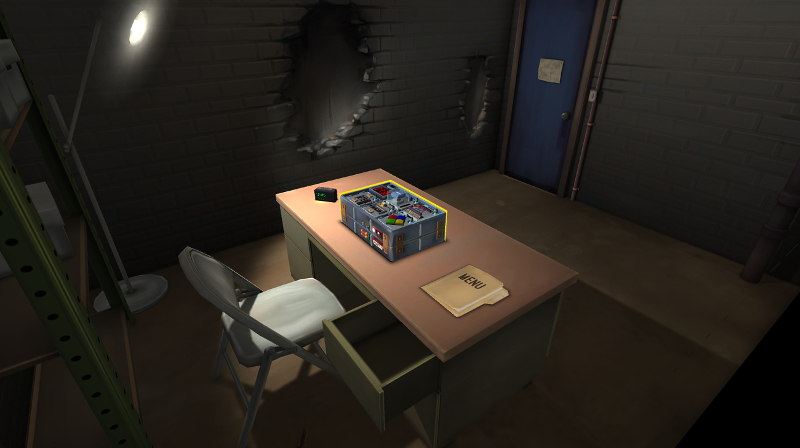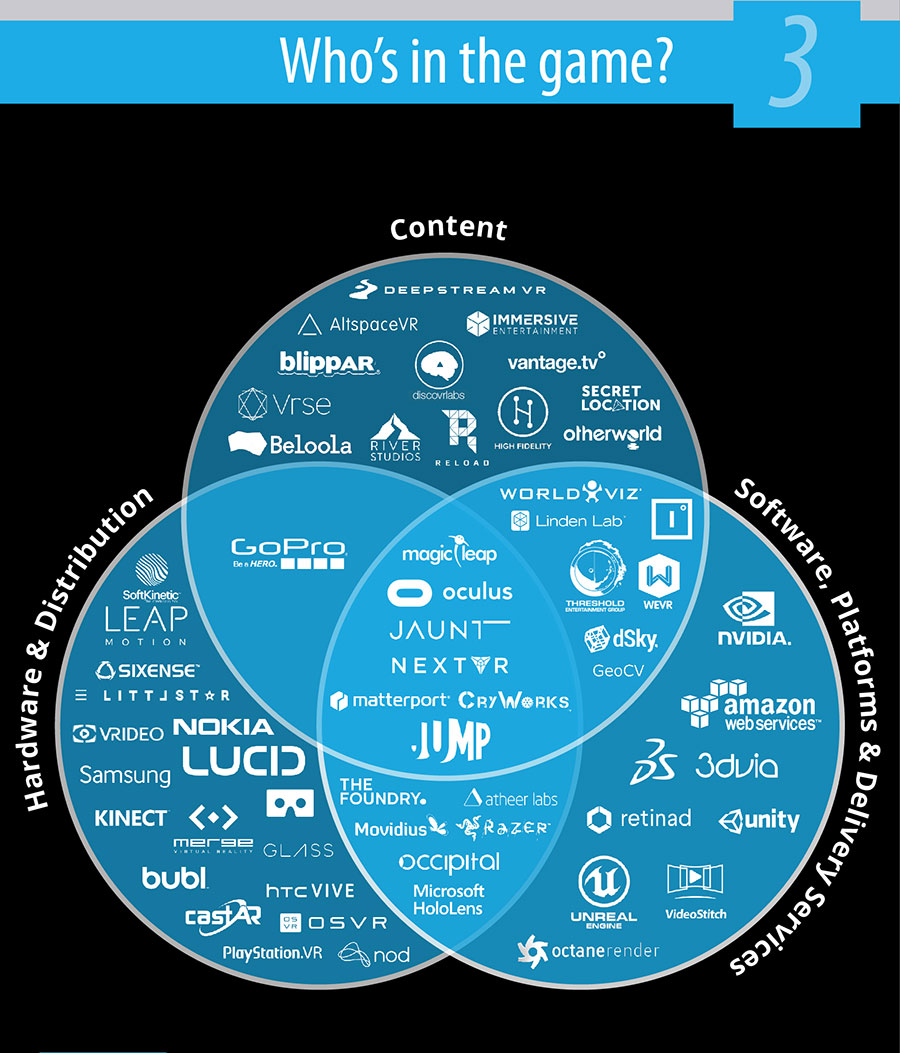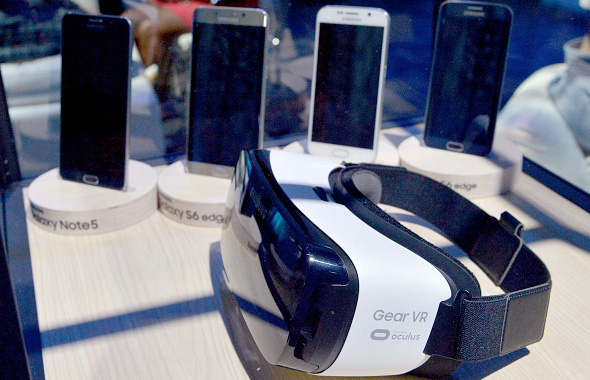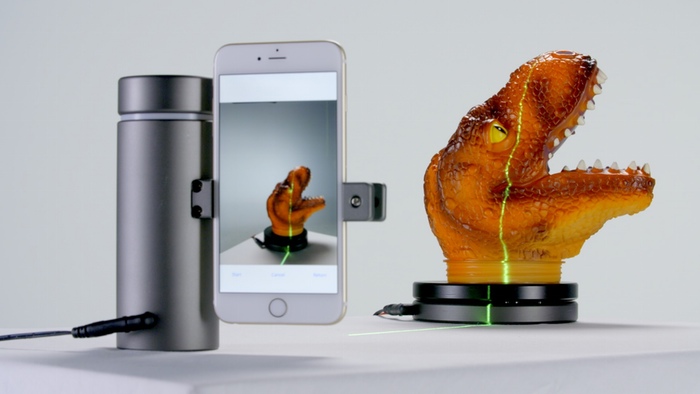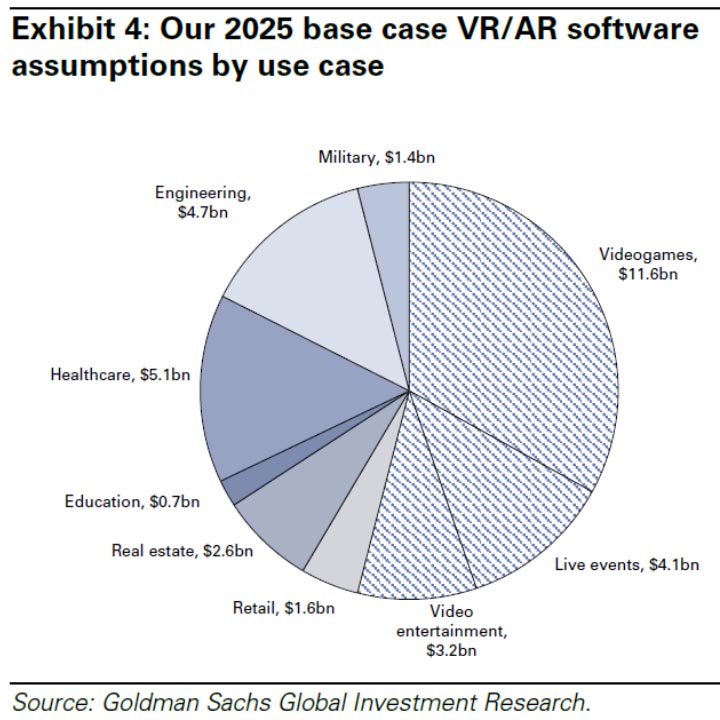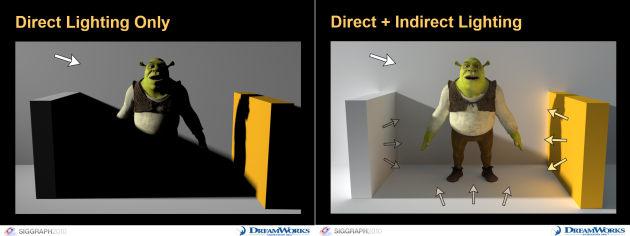http://steamed.kotaku.com/a-bomb-defusing-video-game-tested-my-relationship-1736320189





3Dprinting (176) A.I. (761) animation (340) blender (197) colour (229) commercials (49) composition (152) cool (360) design (636) Featured (69) hardware (308) IOS (109) jokes (134) lighting (282) modeling (131) music (186) photogrammetry (178) photography (751) production (1254) python (87) quotes (491) reference (310) software (1336) trailers (297) ves (538) VR (219)
Author: pIXELsHAM.com
-
Cinematic VR Crash Course – Produce Virtual Reality Films
https://www.udemy.com/cinematic-vr-crash-course-produce-virtual-reality-films/
Lectures 13
Video 1.5 Hours
Skill Level All Levels
-
Relativity versus quantum mechanics – the battle for the universe
http://www.theguardian.com/news/2015/nov/04/relativity-quantum-mechanics-universe-physicists
At present physicists have two separate rulebooks explaining how nature works.
There is general relativity, which beautifully accounts for gravity and all of the things it dominates: orbiting planets, colliding galaxies, the dynamics of the expanding universe as a whole. That’s big.
Then there is quantum mechanics, which handles the other three forces – electromagnetism and the two nuclear forces. Quantum theory is extremely adept at describing what happens when a uranium atom decays, or when individual particles of light hit a solar cell. That’s small.
Now for the problem: relativity and quantum mechanics are fundamentally different theories that have different formulations. It is not just a matter of scientific terminology; it is a clash of genuinely incompatible descriptions of reality.
-
New Visualization Shows Incredible Variety of Extraterrestrial Worlds
According to NASA’s Exoplanet Archive website, 1,903 extra solar have been discovered since 1988 as of October 22, 2015.
-
The Easiest Infinity Mirror Build
COLLECTIONS
| Featured AI
| Design And Composition
| Explore posts
POPULAR SEARCHES
unreal | pipeline | virtual production | free | learn | photoshop | 360 | macro | google | nvidia | resolution | open source | hdri | real-time | photography basics | nuke
FEATURED POSTS
-
Types of AI Explained in a few Minutes – AI Glossary
-
Film Production walk-through – pipeline – I want to make a … movie
-
Photography basics: Lumens vs Candelas (candle) vs Lux vs FootCandle vs Watts vs Irradiance vs Illuminance
-
Eddie Yoon – There’s a big misconception about AI creative
-
The CG Career YouTube channel is live!
-
Photography basics: Shutter angle and shutter speed and motion blur
-
Daniele Tosti Interview for the magazine InCG, Taiwan, Issue 28, 201609
-
UV maps
Social Links
DISCLAIMER – Links and images on this website may be protected by the respective owners’ copyright. All data submitted by users through this site shall be treated as freely available to share.

